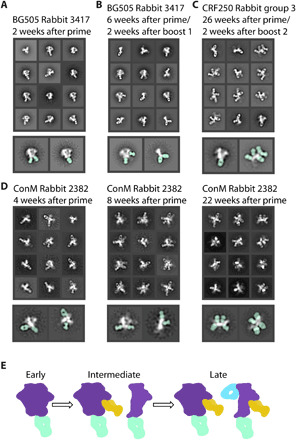Fig. 3. Antibody-dependent trimer degradation occurs over time.

(A) Two weeks after initial injection of antigen, the immune system develops base-binding antibodies but Env stays intact. (B) Six weeks after prime and 2 weeks after a boost, the immune system develops new glycan hole peptide region antibodies and base-binding antibodies that cause trimer degradation. (C) Twenty-six weeks after initial injection, rabbit serum causes complete degradation of trimer with Fabs bound to all sides of the protomer. Highlighted classes show location of Fab (seafoam green). (D) Longitudinal study of a single rabbit during an immunization trial shows early base-binding antibodies to trimers that precedes increasing levels of trimer disassembly. By 22 weeks after prime, fully decorated protomers are the most common species observed in the 2D classes. (E) Early time points show immediate base response (seafoam green). As time goes on, other potentially neutralizing antibodies appear (mustard yellow). At the same time, the base response causes degradation of the Env trimer, resulting in off-target secondary responses (blue).
